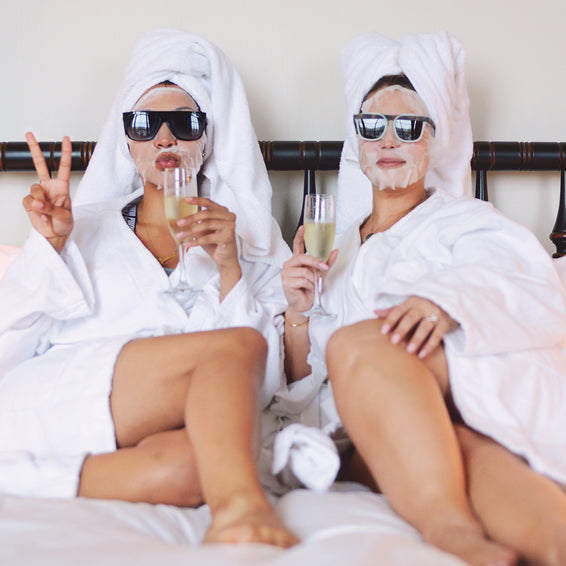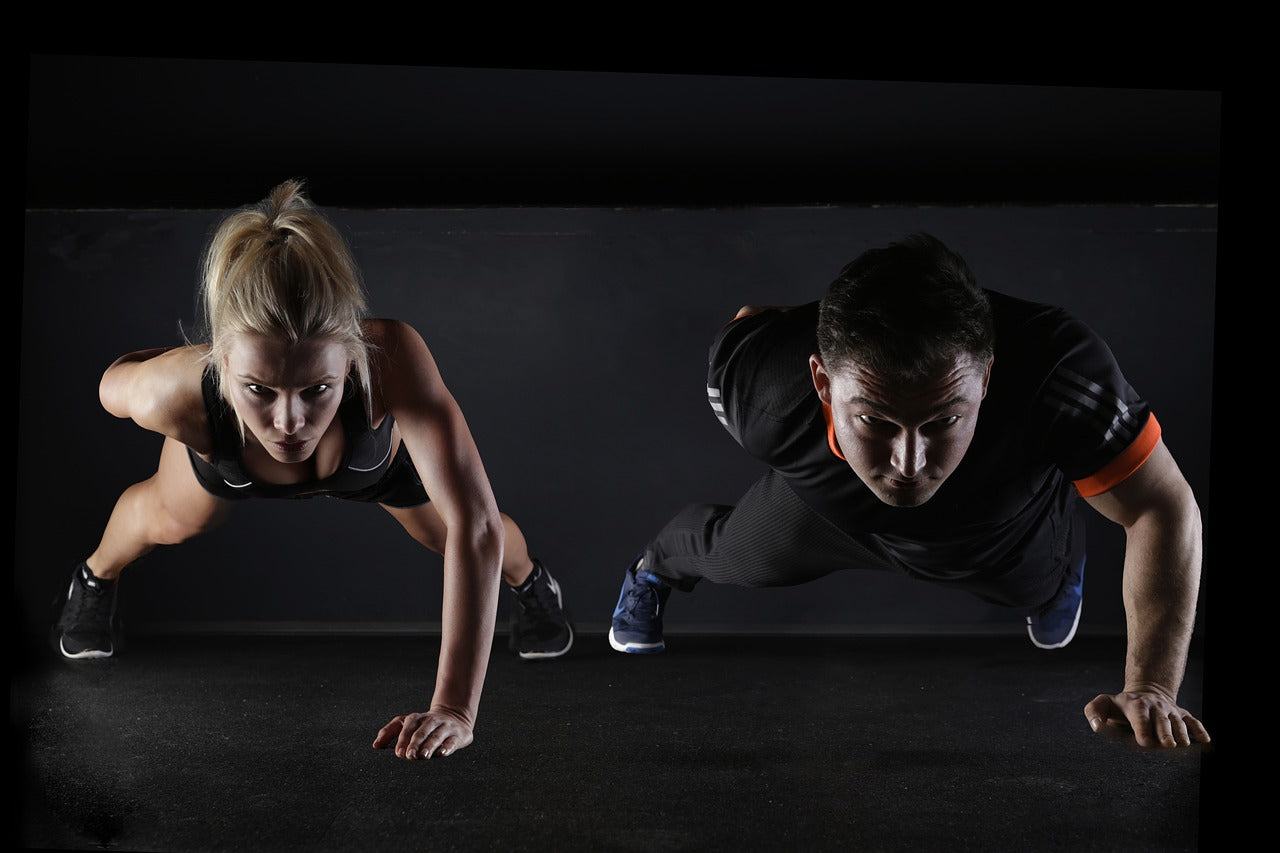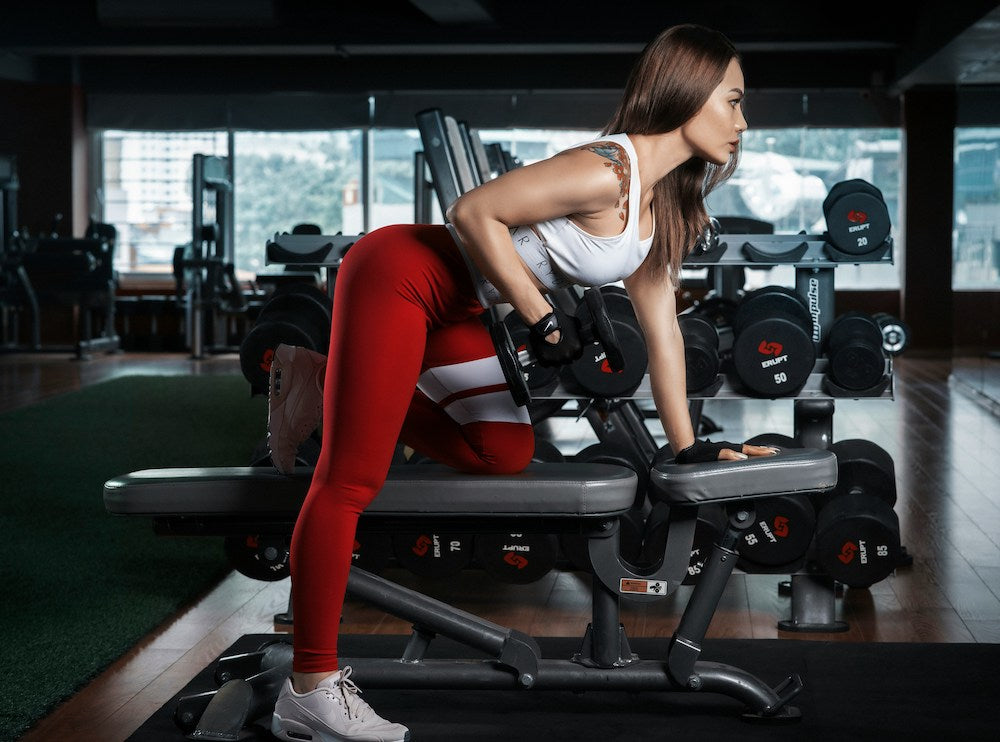
Youve seen them all over Instagram, Facebook and Snapchat: beauty bloggers showing off a creamy swath of one facial mask on their forehead, another on their cheeks, a third on their T-zone, a fourth under their eyes and maybe a fifth along the jaw. This latest skincare trend, multi-masking, is supposedly better for your skin than using one single facial mask, but does it really up the ante of this weekly ritualor is it just the cosmetics industrys dream come true? We asked a leading dermatologist and a celebrity facialist to shed some light. First things first: Unless youre using sleeping masks that are designed to absorb overnight and deeply hydrate dry skin, single-masking may actually have disadvantages that multi-masking addresses. People think their skin is one type, when it really tends to be more like a road mapsome places may be oily while others can be sensitive or dry, explains
Joanna Vargas, NYC-based celebrity facialist to
Sofia Coppola, Rachel Weisz and Maggie Gyllenhaal and founder of Joanna Vargas Salon and Skincare Collection. Using one mask on the entire face may appropriately treat just one small area while creating irritation or even breakouts in other areas, Vargas continues. Formulas targeted for acne, for example, contain ingredients intended to reduce pimple-causing bacteria and deeply exfoliatewhich can be especially harsh and cause symptoms like flaking and redness if applied to otherwise normal, healthy skin, adds Elizabeth Tanzi, MD, clinical professor of dermatology at George Washington Medical Center in Washington, D.C. So how exactly do you determine how many masks you really need and which ones to apply where? First, determine what two major concerns need to be addressed with your skin. Why two? Vargas says its most common for women to need a hydrating formula on the cheeks to help plump the area with moisture, while the T-zone often calls for another strategy to address entirely different issues, like pore size, sebum control and blackheads. Everyone has larger pores in the T-zone that tend to get clogged easily, and clay-based masks are a great way of pulling impurities from this area,
says Vargas. The ubiquitous black charcoal masks striped down bloggers noses on Instagram are formulated with clay to do exactly this. As a caution, Tanzi recommends applying the stronger acne and pore-clearing mask last to avoid having leftover active ingredients on your fingers when spreading a second mask to more delicate parts of your face. For most people, two masks are enough for an at home facial. Vargas reminds us that many mask formulas are multi-taskers themselves, like an anti-aging treatment that also hydrates and brightens skin. However, you might still want branch out into more varieties if you have other skincare issues beyond cheek dryness and T-zone congestion. Our experts explain how to address these specific skin concerns. Breakoutsparticularly of the hormonal varietyoften crop up and look angry and red on the lower half of the face. Vargas targets this area with a formula like Boscia Cool Blue Calming Mask to help soothe redness and flatten pimples. To keep blemishes at bay in general, Tanzi recommends sticking to active acne ingredients like salicylic acid or benzoyl peroxide in your daily skincare regimen, and using a weekly kaolin clay-based mask to help calm breakouts. If crows feet are a concern, Vargas hones in on the area around the eyes with a mask containing a powerful antioxidant like açai. Skin tends to be thinner here for most women, and even my young clients see aging beginning there, she explains. All the antioxidants from açai berry will help prevent cell mutation, which is what fine lines and wrinkles really are, says Vargas. Tanzi adds, however, that any antioxidant will help temporarily reduce the signs of fine lines and wrinkles with consistent application. Pangea Organics Facial Mask and Avon Planet Spa Amazonian Treasures Hydrating Face Mask both contain açai. The naturally thin skin below the eyes is prone to showing dark circles and retaining fluid with puffiness. Vargas opts for eye mask ingredients that are de-puffing, soothing and hydrating all at once. Shes a fan of Eyeko Hydrogel Eye Patches, which are infused with vitamin B3 and collagen to nourish the under-eye area on all skin types. Treating the skin under the eyes can make a noticeable difference before a big event or to refresh eyes that are jet-lagged or otherwise sleep-deprived, she adds. While stocking up on a wide selection of facial treatments may put a strain on your wallet, as long as youre addressing issues specific to your skin, there are no problematic mask combinations, says Vargas. Dont feel like you need to use more masks just because its trending on social media, but if you do decide to multi-mask, remember that youre treating numerous issues at once, so you only need to practice this rejuvenating ritual once a week, tops. ]>>

 Youve seen them all over Instagram, Facebook and Snapchat: beauty bloggers showing off a creamy swath of one facial mask on their forehead, another on their cheeks, a third on their T-zone, a fourth under their eyes and maybe a fifth along the jaw. This latest skincare trend, multi-masking, is supposedly better for your skin than using one single facial mask, but does it really up the ante of this weekly ritualor is it just the cosmetics industrys dream come true? We asked a leading dermatologist and a celebrity facialist to shed some light. First things first: Unless youre using sleeping masks that are designed to absorb overnight and deeply hydrate dry skin, single-masking may actually have disadvantages that multi-masking addresses. People think their skin is one type, when it really tends to be more like a road mapsome places may be oily while others can be sensitive or dry, explains Joanna Vargas, NYC-based celebrity facialist to Sofia Coppola, Rachel Weisz and Maggie Gyllenhaal and founder of Joanna Vargas Salon and Skincare Collection. Using one mask on the entire face may appropriately treat just one small area while creating irritation or even breakouts in other areas, Vargas continues. Formulas targeted for acne, for example, contain ingredients intended to reduce pimple-causing bacteria and deeply exfoliatewhich can be especially harsh and cause symptoms like flaking and redness if applied to otherwise normal, healthy skin, adds Elizabeth Tanzi, MD, clinical professor of dermatology at George Washington Medical Center in Washington, D.C. So how exactly do you determine how many masks you really need and which ones to apply where? First, determine what two major concerns need to be addressed with your skin. Why two? Vargas says its most common for women to need a hydrating formula on the cheeks to help plump the area with moisture, while the T-zone often calls for another strategy to address entirely different issues, like pore size, sebum control and blackheads. Everyone has larger pores in the T-zone that tend to get clogged easily, and clay-based masks are a great way of pulling impurities from this area, says Vargas. The ubiquitous black charcoal masks striped down bloggers noses on Instagram are formulated with clay to do exactly this. As a caution, Tanzi recommends applying the stronger acne and pore-clearing mask last to avoid having leftover active ingredients on your fingers when spreading a second mask to more delicate parts of your face. For most people, two masks are enough for an at home facial. Vargas reminds us that many mask formulas are multi-taskers themselves, like an anti-aging treatment that also hydrates and brightens skin. However, you might still want branch out into more varieties if you have other skincare issues beyond cheek dryness and T-zone congestion. Our experts explain how to address these specific skin concerns. Breakoutsparticularly of the hormonal varietyoften crop up and look angry and red on the lower half of the face. Vargas targets this area with a formula like Boscia Cool Blue Calming Mask to help soothe redness and flatten pimples. To keep blemishes at bay in general, Tanzi recommends sticking to active acne ingredients like salicylic acid or benzoyl peroxide in your daily skincare regimen, and using a weekly kaolin clay-based mask to help calm breakouts. If crows feet are a concern, Vargas hones in on the area around the eyes with a mask containing a powerful antioxidant like açai. Skin tends to be thinner here for most women, and even my young clients see aging beginning there, she explains. All the antioxidants from açai berry will help prevent cell mutation, which is what fine lines and wrinkles really are, says Vargas. Tanzi adds, however, that any antioxidant will help temporarily reduce the signs of fine lines and wrinkles with consistent application. Pangea Organics Facial Mask and Avon Planet Spa Amazonian Treasures Hydrating Face Mask both contain açai. The naturally thin skin below the eyes is prone to showing dark circles and retaining fluid with puffiness. Vargas opts for eye mask ingredients that are de-puffing, soothing and hydrating all at once. Shes a fan of Eyeko Hydrogel Eye Patches, which are infused with vitamin B3 and collagen to nourish the under-eye area on all skin types. Treating the skin under the eyes can make a noticeable difference before a big event or to refresh eyes that are jet-lagged or otherwise sleep-deprived, she adds. While stocking up on a wide selection of facial treatments may put a strain on your wallet, as long as youre addressing issues specific to your skin, there are no problematic mask combinations, says Vargas. Dont feel like you need to use more masks just because its trending on social media, but if you do decide to multi-mask, remember that youre treating numerous issues at once, so you only need to practice this rejuvenating ritual once a week, tops. ]>>
Youve seen them all over Instagram, Facebook and Snapchat: beauty bloggers showing off a creamy swath of one facial mask on their forehead, another on their cheeks, a third on their T-zone, a fourth under their eyes and maybe a fifth along the jaw. This latest skincare trend, multi-masking, is supposedly better for your skin than using one single facial mask, but does it really up the ante of this weekly ritualor is it just the cosmetics industrys dream come true? We asked a leading dermatologist and a celebrity facialist to shed some light. First things first: Unless youre using sleeping masks that are designed to absorb overnight and deeply hydrate dry skin, single-masking may actually have disadvantages that multi-masking addresses. People think their skin is one type, when it really tends to be more like a road mapsome places may be oily while others can be sensitive or dry, explains Joanna Vargas, NYC-based celebrity facialist to Sofia Coppola, Rachel Weisz and Maggie Gyllenhaal and founder of Joanna Vargas Salon and Skincare Collection. Using one mask on the entire face may appropriately treat just one small area while creating irritation or even breakouts in other areas, Vargas continues. Formulas targeted for acne, for example, contain ingredients intended to reduce pimple-causing bacteria and deeply exfoliatewhich can be especially harsh and cause symptoms like flaking and redness if applied to otherwise normal, healthy skin, adds Elizabeth Tanzi, MD, clinical professor of dermatology at George Washington Medical Center in Washington, D.C. So how exactly do you determine how many masks you really need and which ones to apply where? First, determine what two major concerns need to be addressed with your skin. Why two? Vargas says its most common for women to need a hydrating formula on the cheeks to help plump the area with moisture, while the T-zone often calls for another strategy to address entirely different issues, like pore size, sebum control and blackheads. Everyone has larger pores in the T-zone that tend to get clogged easily, and clay-based masks are a great way of pulling impurities from this area, says Vargas. The ubiquitous black charcoal masks striped down bloggers noses on Instagram are formulated with clay to do exactly this. As a caution, Tanzi recommends applying the stronger acne and pore-clearing mask last to avoid having leftover active ingredients on your fingers when spreading a second mask to more delicate parts of your face. For most people, two masks are enough for an at home facial. Vargas reminds us that many mask formulas are multi-taskers themselves, like an anti-aging treatment that also hydrates and brightens skin. However, you might still want branch out into more varieties if you have other skincare issues beyond cheek dryness and T-zone congestion. Our experts explain how to address these specific skin concerns. Breakoutsparticularly of the hormonal varietyoften crop up and look angry and red on the lower half of the face. Vargas targets this area with a formula like Boscia Cool Blue Calming Mask to help soothe redness and flatten pimples. To keep blemishes at bay in general, Tanzi recommends sticking to active acne ingredients like salicylic acid or benzoyl peroxide in your daily skincare regimen, and using a weekly kaolin clay-based mask to help calm breakouts. If crows feet are a concern, Vargas hones in on the area around the eyes with a mask containing a powerful antioxidant like açai. Skin tends to be thinner here for most women, and even my young clients see aging beginning there, she explains. All the antioxidants from açai berry will help prevent cell mutation, which is what fine lines and wrinkles really are, says Vargas. Tanzi adds, however, that any antioxidant will help temporarily reduce the signs of fine lines and wrinkles with consistent application. Pangea Organics Facial Mask and Avon Planet Spa Amazonian Treasures Hydrating Face Mask both contain açai. The naturally thin skin below the eyes is prone to showing dark circles and retaining fluid with puffiness. Vargas opts for eye mask ingredients that are de-puffing, soothing and hydrating all at once. Shes a fan of Eyeko Hydrogel Eye Patches, which are infused with vitamin B3 and collagen to nourish the under-eye area on all skin types. Treating the skin under the eyes can make a noticeable difference before a big event or to refresh eyes that are jet-lagged or otherwise sleep-deprived, she adds. While stocking up on a wide selection of facial treatments may put a strain on your wallet, as long as youre addressing issues specific to your skin, there are no problematic mask combinations, says Vargas. Dont feel like you need to use more masks just because its trending on social media, but if you do decide to multi-mask, remember that youre treating numerous issues at once, so you only need to practice this rejuvenating ritual once a week, tops. ]>>



